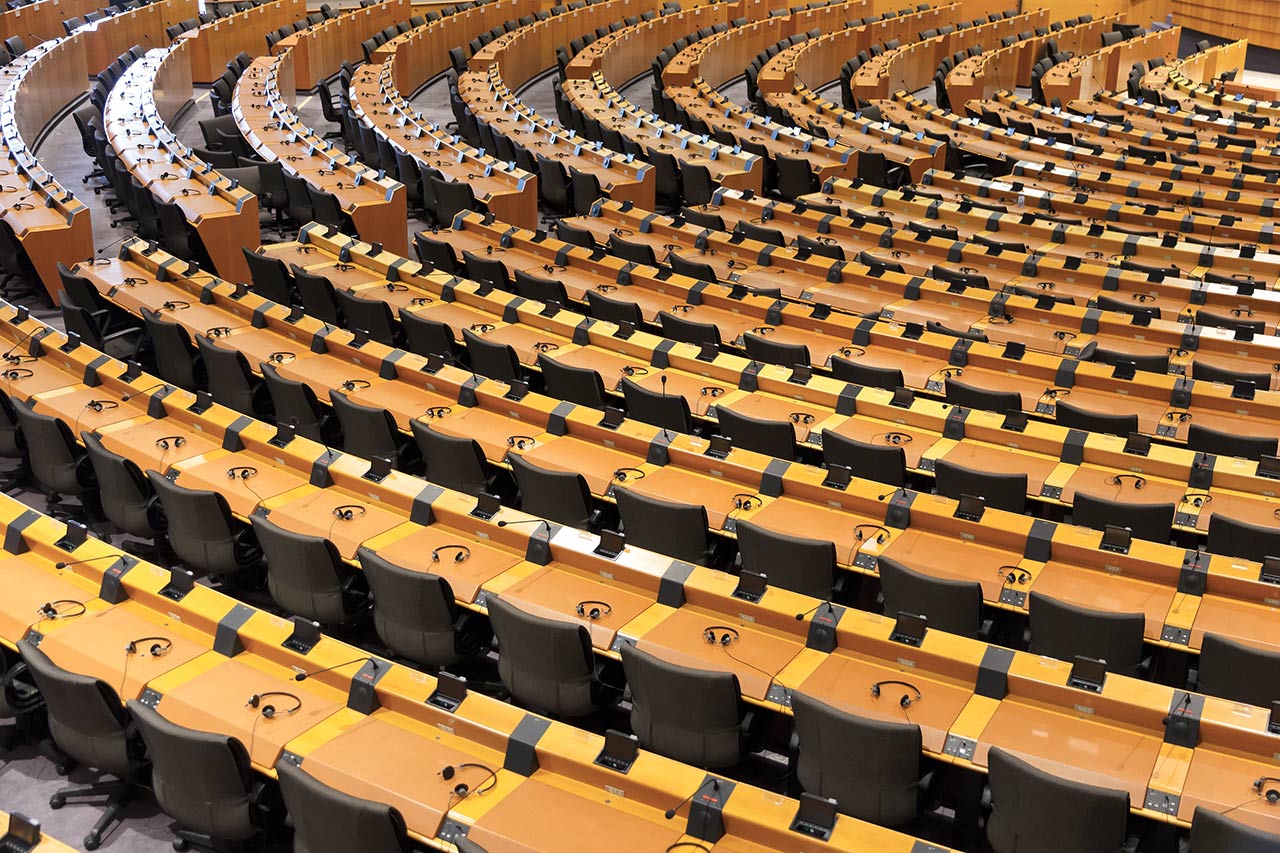What does poverty mean?
A short answer that defines poverty and details the differences between absolute and relative poverty.
Question
What does poverty mean? What is the difference between absolute and relative poverty?
Answer
In economic terms, income poverty is usually state defined and refers to a state in which a household or family income does not meet an established threshold. The international standard of extreme poverty is defined as earning less than $1 per day (Smelser and Baltes, 2001).
Beyond this, there is also a differentiation between absolute and relative poverty.
Absolute poverty refers to a state in which an individual or household cannot afford basic amenities including food, shelter and clothing. This is a purely economic measurement which does not take account of broader conceptualisation related to societal inequality and quality of life.
Relative poverty defines poverty in relation to the economic status of others in the same state or context. This definition generally takes into account standard of living.
There is however, a further dimension of poverty which social scientists are beginning to study in much more depth. This assesses the multidimensional nature of poverty including social exclusion, access to health and housing and gender poverty. Yet, as these concepts are rather abstract and debated so definitions are varied and contrasting.
References
Smelser, N. J. and Baltes, P. B. (eds.) 2001. International Encyclopaedia of the Social and Behavioural Sciences. Elsevier. Oxford Science Ltd.
